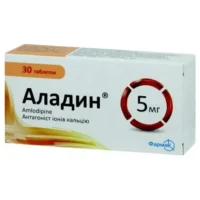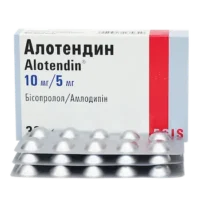Description
Torasemid-Darnytsia (Torasemide) Solution for Injections 20 mg/4 ml Ampoules 4 ml №5
Ingredients:
- Each ampoule contains 20 mg of torasemide in a 4 ml solution for injections.
Dosage:
- The usual dose is 10-20 mg once daily, administered via intravenous or intramuscular injection.
Indications:
- Torasemide injections are indicated for the treatment of edema associated with congestive heart failure, renal disease, or hepatic disease.
Contraindications:
- Do not use torasemide injections in patients with anuria, hepatic coma, or hypersensitivity to sulfonylureas.
Directions:
- Administer the injection slowly to avoid hypotension. Monitor electrolyte levels regularly during treatment.
Scientific Evidence:
- Torasemide, a loop diuretic, has shown to be effective in managing edema and fluid retention in various clinical studies.
- Research published in the Journal of Cardiac Failure demonstrated that torasemide was superior to furosemide in improving symptoms and reducing hospitalizations in heart failure patients.
Additional Information:
- Torasemide may cause electrolyte imbalances, especially hypokalemia. Close monitoring of potassium levels is essential during treatment to prevent complications.
- Torasemide has a longer duration of action compared to other loop diuretics, allowing for once-daily dosing and potentially improving patient adherence to treatment regimens.





